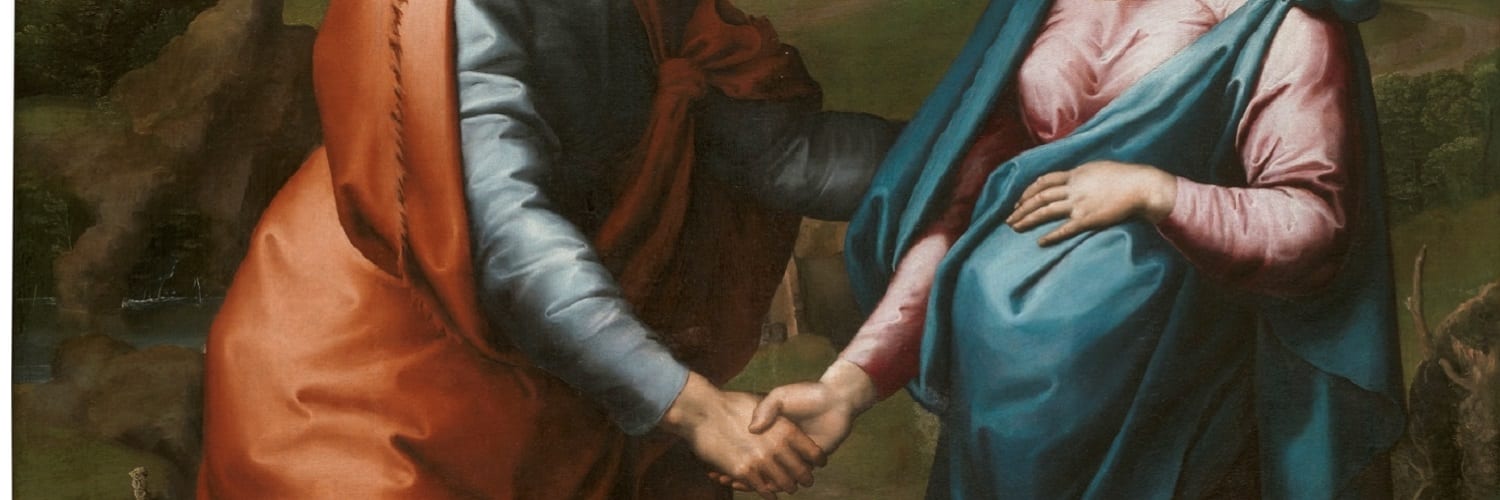The Body in Irish History

This week, we consider how the body has been represented in Irish culture and society throughout history. From the Great Famine, through the revolutionary period, and into the censored society of the independent state, the body has been starved, threatened, weaponized, and repressed. We look at how W.B. Yeats, James Joyce, and Eavan Boland reassess the body in Irish history. Professor Declan Kiberd will be joined by art historian Dr. Eimear O’Connor during the live discussion.
Pre-Readings
Presented by Declan Kiberd
- “Mise Eire” by Eavan Boland.
- Excerpt from the Penelope episode of “Ulysses” by James Joyce, p.731-732, from “as for them saying there’s no God…” until the end of the episode.
- “Crazy Jane Talks with the Bishop” by W.B. Yeats.
- “The Cherry Tree Carol,” a folk song sung by Joan Baez.
- Please view this look book with images that Professor Kiberd will be referencing in his lecture and discussion.
From Famine to Revival
Presented by Declan Kiberd
In this segment, Professor Declan Kiberd discusses how Irish attitudes towards the body after the Great Famine were marked by a sense of distrust in nature. He cites the Irish Revival as a turning point in attitudes towards the body and sexuality.
"Crazy Jane talks with the Bishop"
Presented by Declan Kiberd
Declan looks at the use of the female voice in the Gaelic tradition.
Molly’s Soliloquy
Presented by Declan Kiberd
In this clip, Declan talks about the fusion of body and soul in Molly Bloom’s soliloquy at the end of “Ulysses” by James Joyce.
View Event
Presented by Declan Kiberd
Subscribe to the ThinkND podcast on Apple, Spotify, or Google.
Featured Speakers:
- Declan Kiberd, Emeritus Donald and Marilyn Keough Professor of Irish Studies and Professor of English and Irish Language and Literature
- Dr. O’Connor, HRHA, art historian, curator, lecturer, advisor, and archivist
Prepare for Next Week
- “Crazy Jane Grown Old Looks at the Dancers” by W.B. Yeats.
- “Sweet Dancer” by W.B. Yeats.
- “Imitated from the Japanese” by W.B. Yeats.
- “Long Legged Fly” by W.B. Yeats.
- “MÁM” promo by Michael Keegan Dolan.
- “Swan Lake” (Loch na hEala) promo by Michael Keegan Dolan.
- “Rian” promo by Michael Keegan Dolan.
- “Swan Lake” short film by Michael Keegan Dolan.
